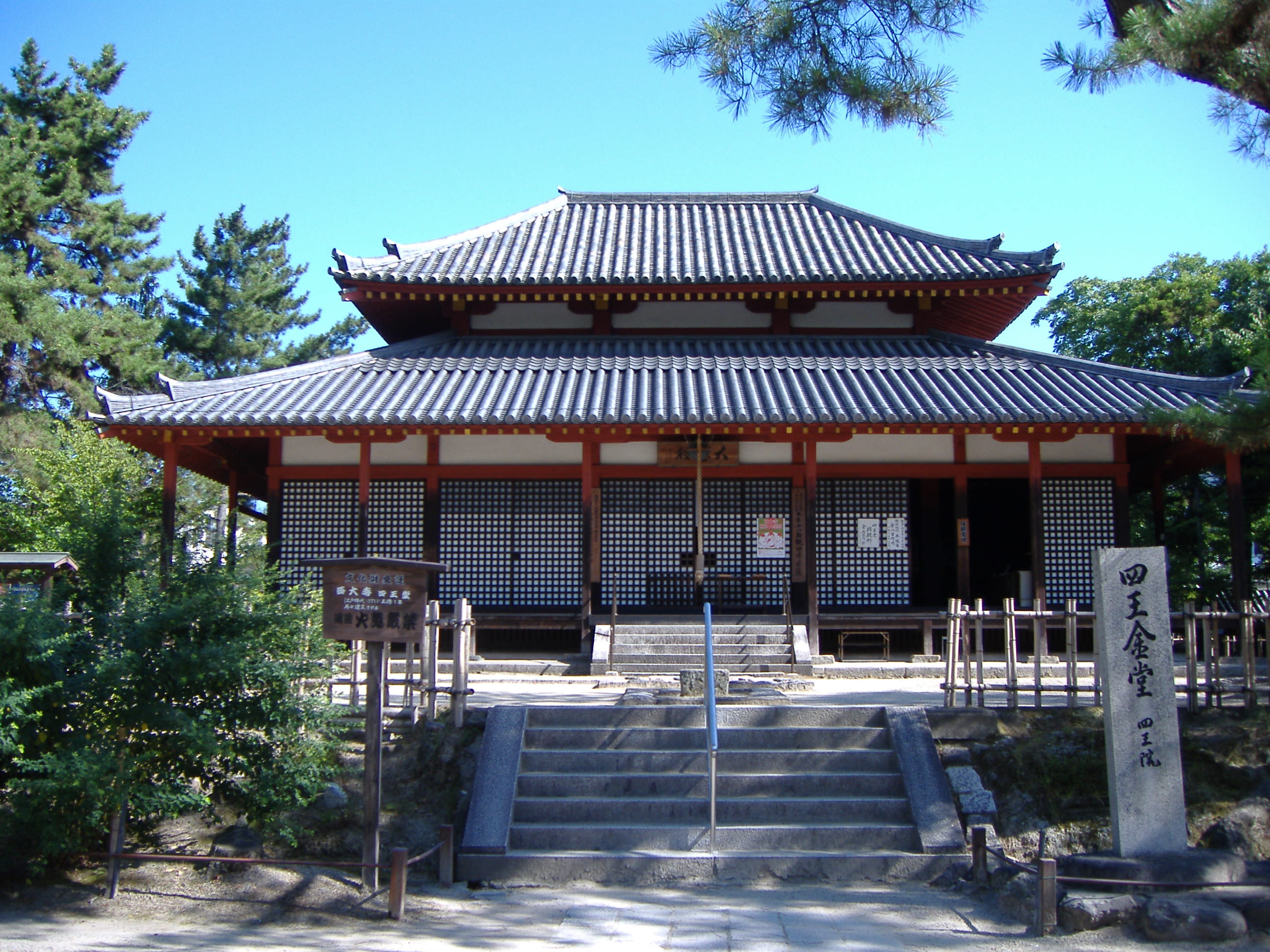Shingon Risshu on:
[Wikipedia]
[Google]
[Amazon]
The is a comparatively small medieval sect of  Shingon Risshū is marked by a greater emphasis on the
Shingon Risshū is marked by a greater emphasis on the
Buddhism in Japan
Buddhism has been practiced in Japan since about the 6th century CE. Japanese Buddhism () created many new Buddhist schools, and some schools are original to Japan and some are derived from Chinese Buddhist schools. Japanese Buddhism has had a ...
that arose in the Kamakura period
The is a period of Japanese history that marks the governance by the Kamakura shogunate, officially established in 1192 in Kamakura by the first ''shōgun'' Minamoto no Yoritomo after the conclusion of the Genpei War, which saw the struggle bet ...
as an offshoot of Shingon Buddhism
Shingon monks at Mount Koya
is one of the major schools of Buddhism in Japan and one of the few surviving Vajrayana lineages in East Asia, originally spread from India to China through traveling monks such as Vajrabodhi and Amoghavajra.
K ...
. Its founder was a monk
A monk (, from el, μοναχός, ''monachos'', "single, solitary" via Latin ) is a person who practices religious asceticism by monastic living, either alone or with any number of other monks. A monk may be a person who decides to dedica ...
named Eison
(1201–1290) was a Japanese Buddhist monk who founded the Shingon Risshu sect.
Eison entered religious training when he was eleven years old, studying initially at Daigo-ji and later at Kongōbu-ji. At the age of 34, while at Saidai-ji, he made ...
(叡尊 1201-1290), a disciple of Jōkei, and carried further by Eison's disciple Ninshō
was a Japanese Shingon Risshu priest during the Kamakura period. His was instrumental in reviving Ritsu Buddhism during this period, as well as establishing facilities to care for invalids. He was criticized by his contemporary Nichiren.
He is ...
(忍性 1217-1303).
vinaya
The Vinaya (Pali & Sanskrit: विनय) is the division of the Buddhist canon ('' Tripitaka'') containing the rules and procedures that govern the Buddhist Sangha (community of like-minded ''sramanas''). Three parallel Vinaya traditions remai ...
than traditional Shingon Buddhism while still adhering to tantric practices. Its home temple is Saidai-ji
or the "Great Western Temple" is a Buddhist temple that was once one of the powerful Seven Great Temples in the city of Nara, Nara Prefecture, Japan. The temple was first established in AD 765 as a counterpart to Tōdai-ji and it is the main tem ...
.
References
* {{Authority control Shingon Buddhism